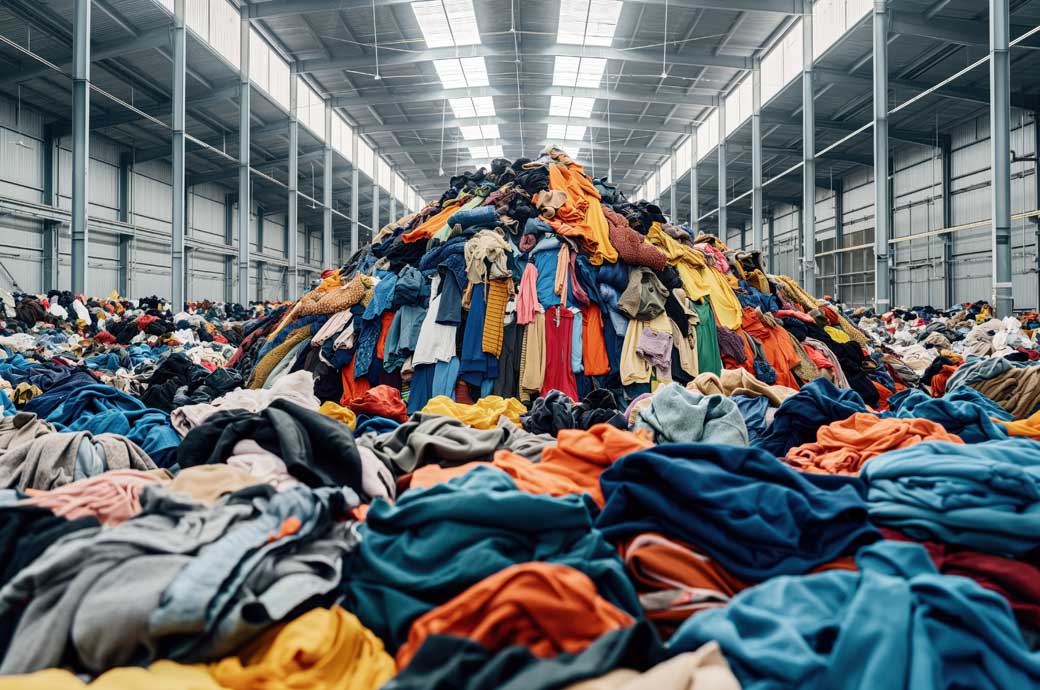Entertainment
GAO Calls for US Agencies to Collaborate on Textile Waste Management

In a recent report, the U.S. Government Accountability Office (GAO) underscored a significant need for federal agencies to unite their efforts in tackling the pressing issue of textile waste management. The GAO’s findings revealed that most federal entities are currently operating in isolated silos, embarking on their own initiatives to reduce textile waste and enhance recycling efforts, but these actions are described as somewhat rudimentary.
The GAO reported to Congressional requesters that while some federal agencies have attempted to form a collaborative inter-agency group to address textile waste issues, these initiatives have stalled. The report emphasizes that a strategic collaboration adhering to best practices could better harness resources and amplify the government’s ability to combat textile waste and boost recycling efforts effectively.
What’s particularly alarming is the lack of a standardized national policy requiring states to gather and report municipal solid waste data, especially concerning textile waste. Data availability is severely limited, as states are not obligated to submit this critical information to the Environmental Protection Agency (EPA). Furthermore, research regarding waste characterization is often reliant on taxpayer funding and tends to focus primarily on residential waste, neglecting commercial waste streams.
GAO representatives pointed out the inconsistencies that exist among state and municipal classifications of textile waste. Some regions classify materials such as rubber and leather as textiles, while others consider items like mattresses and carpets within the same category. Not even every municipality has a distinct category for textile waste, leading to fragmented and incomplete data that complicates efforts to establish uniform standards across the nation.
Moreover, stakeholders indicate that the quality of textile waste data compiled from industry sources is poor—often outdated, inadequately validated, and based on unreliable methods. The challenges are compounded by the fact that the companies responsible for processing used textiles are typically private entities that do not need to publicly report their operational data.
The GAO’s analysis also reflects on the state of textile recycling technology, which is still in its early stages. With rising consumption levels, the limited recycling capabilities currently in place could lead to a more significant waste crisis. For textile recycling to be viable from an economic standpoint, recyclers need consistent access to a reliable supply of materials.
In light of these findings, the GAO is urging a concerted effort among federal agencies to elevate the priority of textile waste management, signaling a crucial step towards a more sustainable future in the textile industry.
